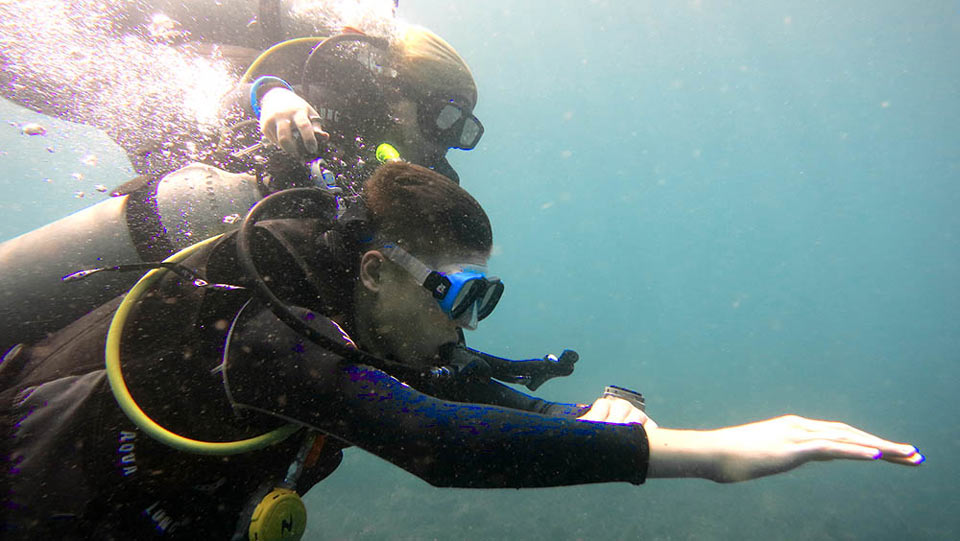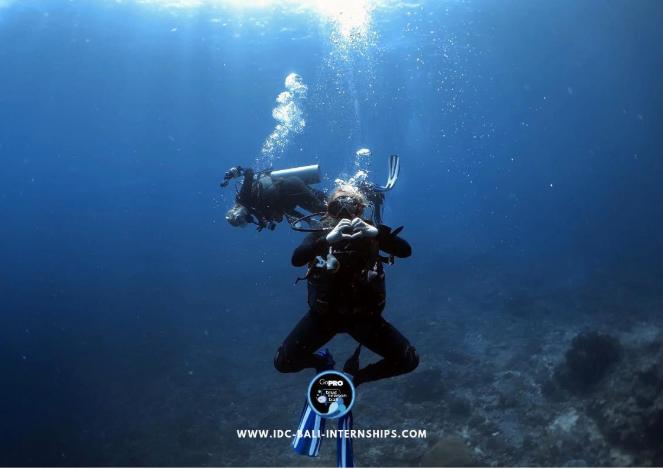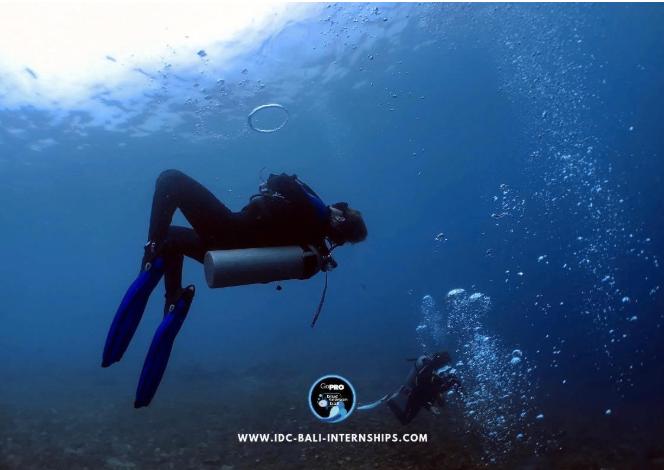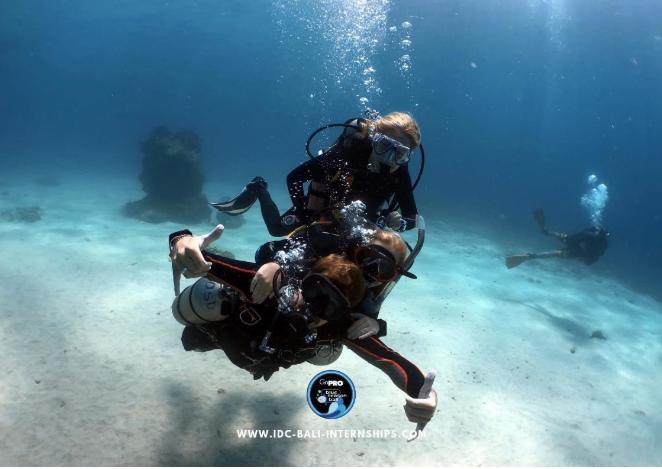Develop the Ultimate Diving Skill: Underwater Navigation without a Compass

The ability to navigate naturally underwater is a great skill to have in your arsenal while diving. As a dive professional, this is a skill your students and guests will expect you to have mastered – to be able to safely guide them around any dive site – whether you have dived it before or not.
How it works
You don’t need a compass to find your way around a new town and you don’t need it to find your way underwater either. Natural navigation involves using your surroundings to guide you underwater.
There are many different methods for navigating naturally underwater. They can be used in isolation or together. Find what works best for you and use it.
Using natural features to navigate
- Landmarks
There are underwater natural features that stand out and you can easily recognise. Using these as landmarks is a great way to navigate while underwater. Remember the landmarks you come across and it should be easy to find your way again if you can recognise them.
This method for navigation is especially good if visibility is good. Simply make a mental note of landmarks as you come across them. However, be careful to use only permanent landmarks. This means using things like boulders, wrecks or even plants. Don’t use an unusual fish as a landmark. Chances are it won’t be there when you come back.
- Light
Light can be used for navigating if you are not diving too deep and visibility is good. Note the way the light hits the water. Take note of the position of the sun in relation to your position. The sun’s position will create varying levels of brightness under water. Using these variations can help you determine your position and the direction you’re going.
- Current
Do you know the direction of the current? Currents are often consistent unless the weather conditions change. You can therefore use the current’s direction to keep track of the direction you’re going.
You can also use the direction of surges to keep track of your direction. Surge direction can be felt even at great depths. The problem with this is that surges flow back and forth, so this requires experience.
If you find it difficult to let go of the compass, simply use both natural navigation and your compass to help you stay on course. You can let the compass go as you learn to become more confident at using natural navigation.
Want to become a navigation pro? Sign up for your PADI Navigation Course today OR Add the Instructor Specialty to your internship with Blue Season Bali.



